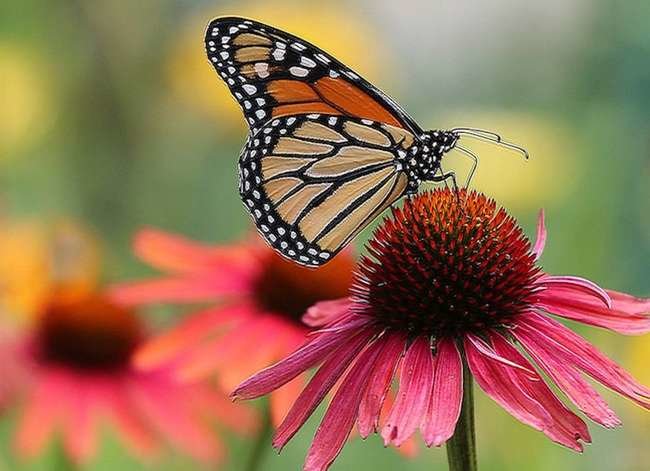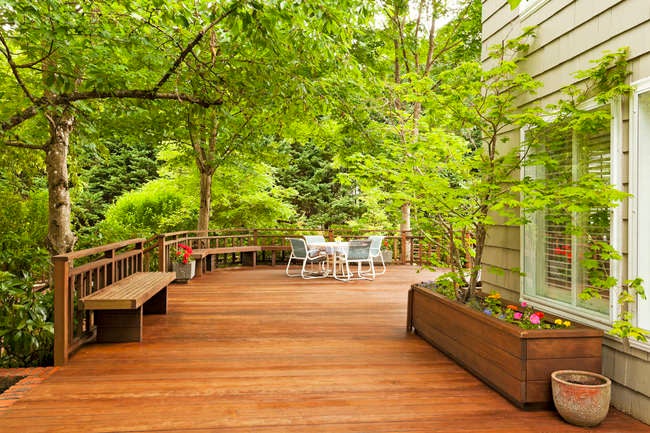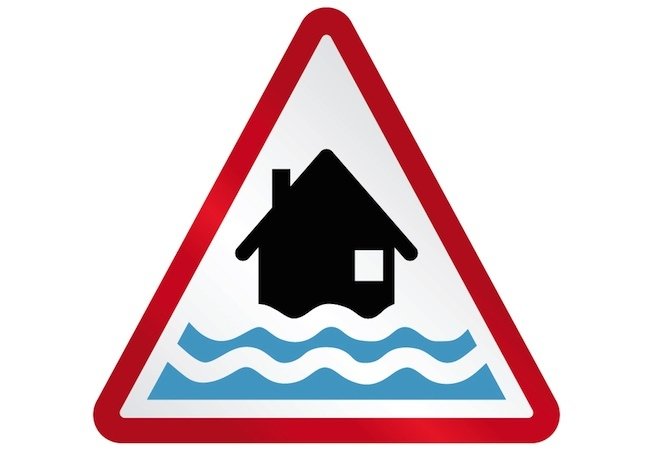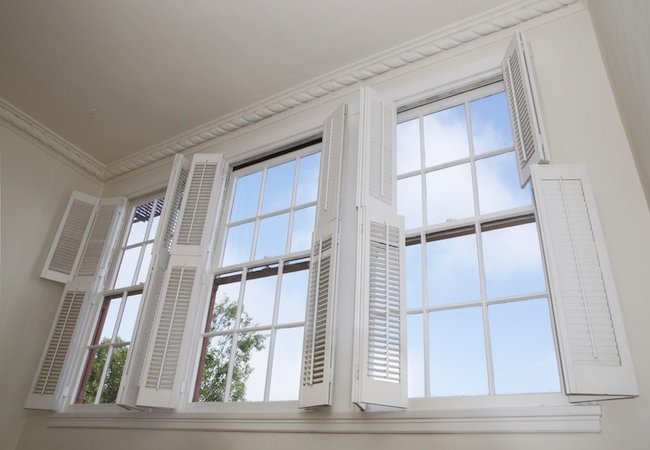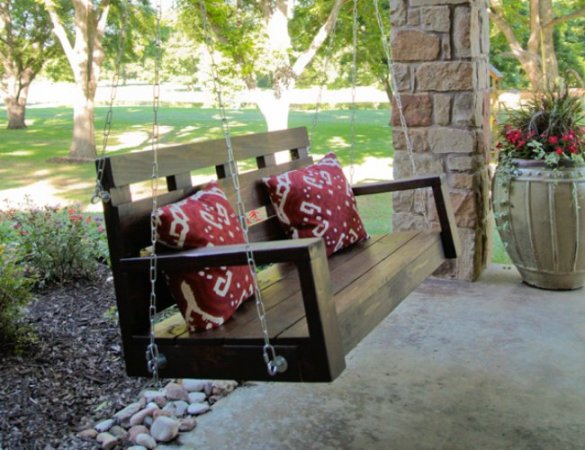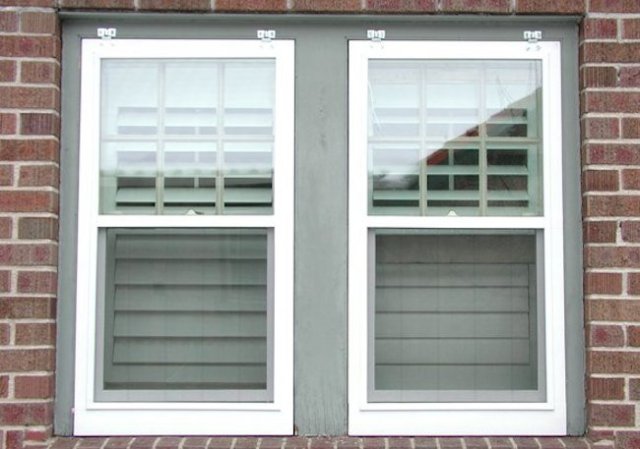We may earn revenue from the products available on this page and participate in affiliate programs. Learn More ›
Monarch Populations Are Declining
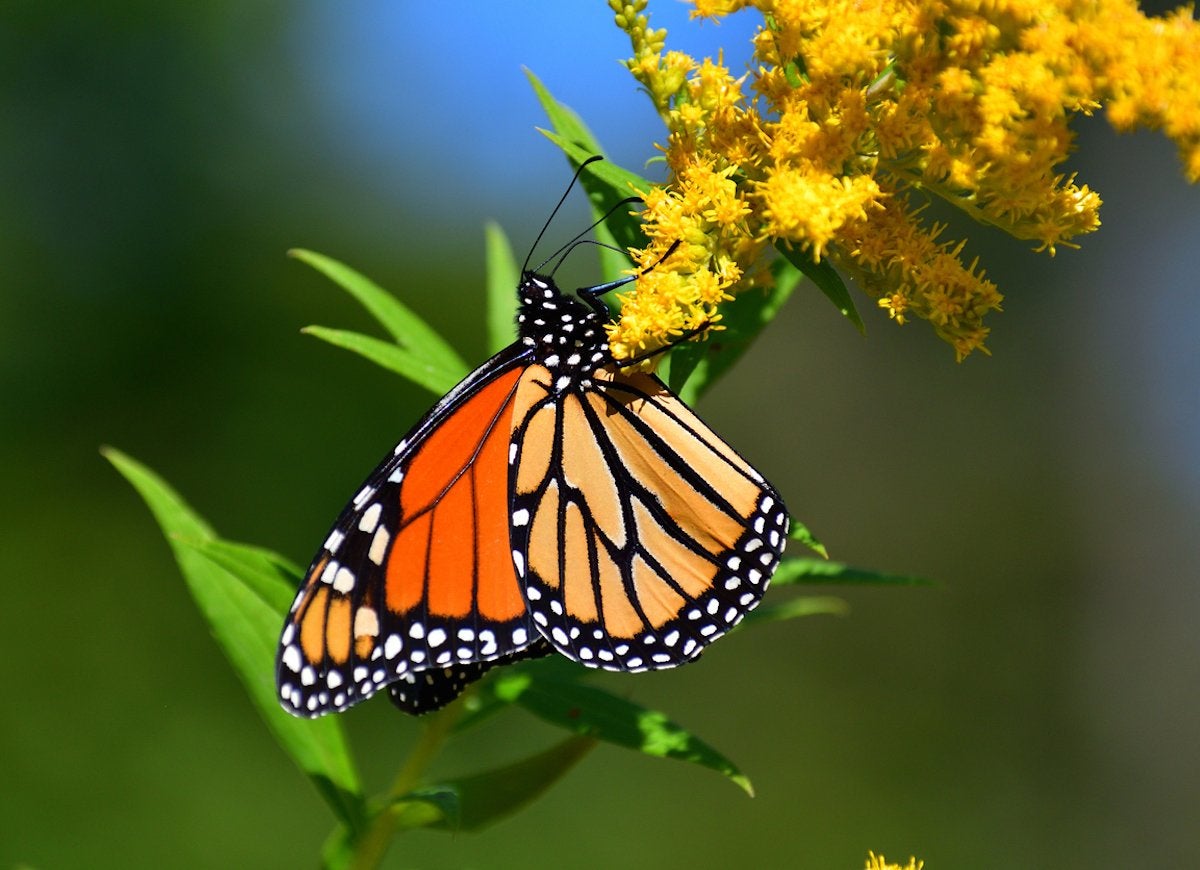
The monarch is one of the most recognizable butterflies in North America. We delight in seeing the monarch’s black and orange wings flutter and glide through our gardens, and we marvel at the butterflies’ magnificent migration to Mexico, when these delicate-looking creatures travel as many as 3,000 miles. Unfortunately, we aren’t seeing as many monarchs in the United States as we once did. In the last 25 years, their numbers have dropped by 80 to 90 percent. Although we don’t perfectly understand why the decline has occurred, we do know that factors such as climate change, habitat loss, pesticide use, and conventional agricultural practices play a part. Armed with this knowledge, we can become better stewards of our natural environment in order to increase the odds that the monarchs will survive. By planting milkweed and nectar plants, both of which the butterflies depend on, we can undo some of the damage we’ve done. By reducing or eliminating our use of herbicides and pesticides, which can harm monarchs, we can avoid collateral damage and unintended consequences. But maybe even more importantly, we can help spread the word by being an advocate for the monarch specifically and nature in general. When we know better, we do better.
Problem: Milkweed Abundance Is Down
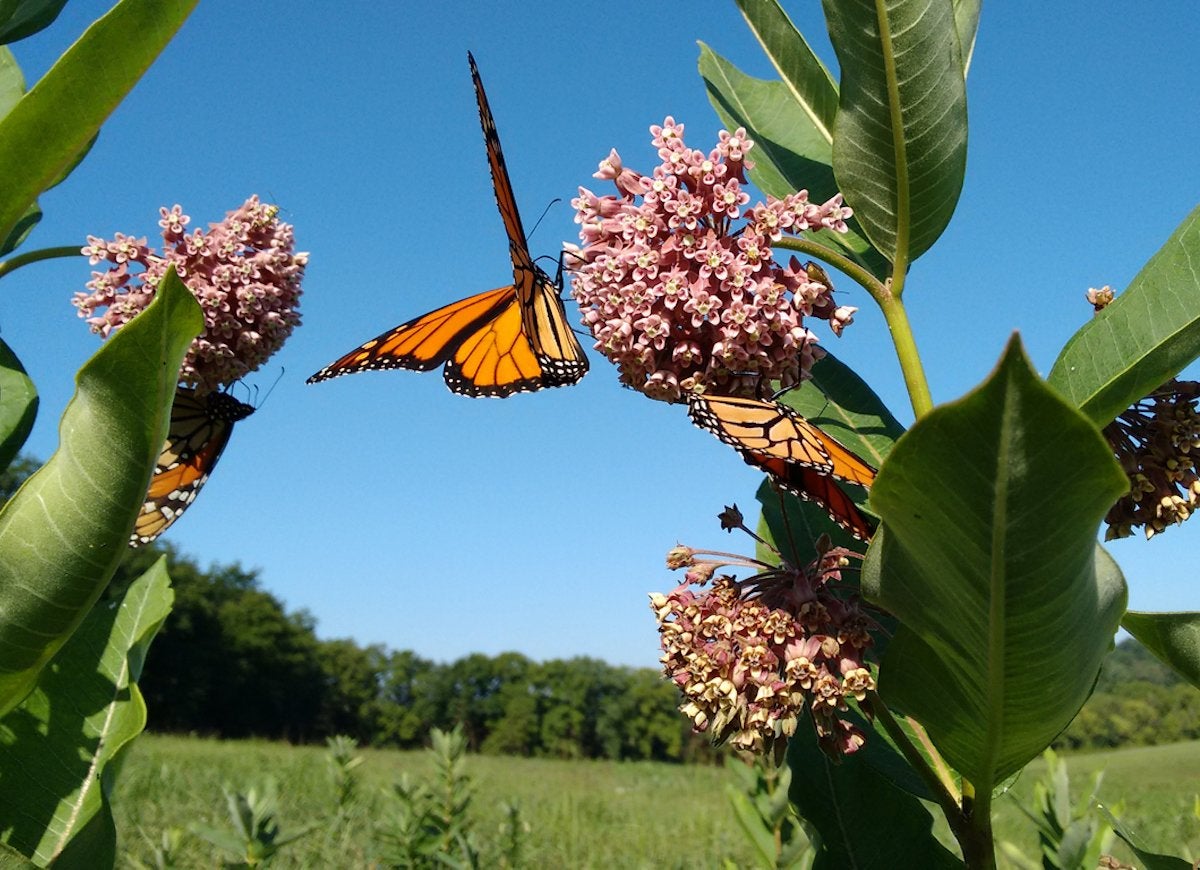
Monarchs once ruled the prairies and rural areas of the United States and southern Canada, where they enjoyed a vast natural habitat and the one plant they require for reproduction—milkweed. Urbanization and an increase in agriculture have reduced the amount of natural acreage, and milkweed has declined as a result.
Solution: Plant Milkweed
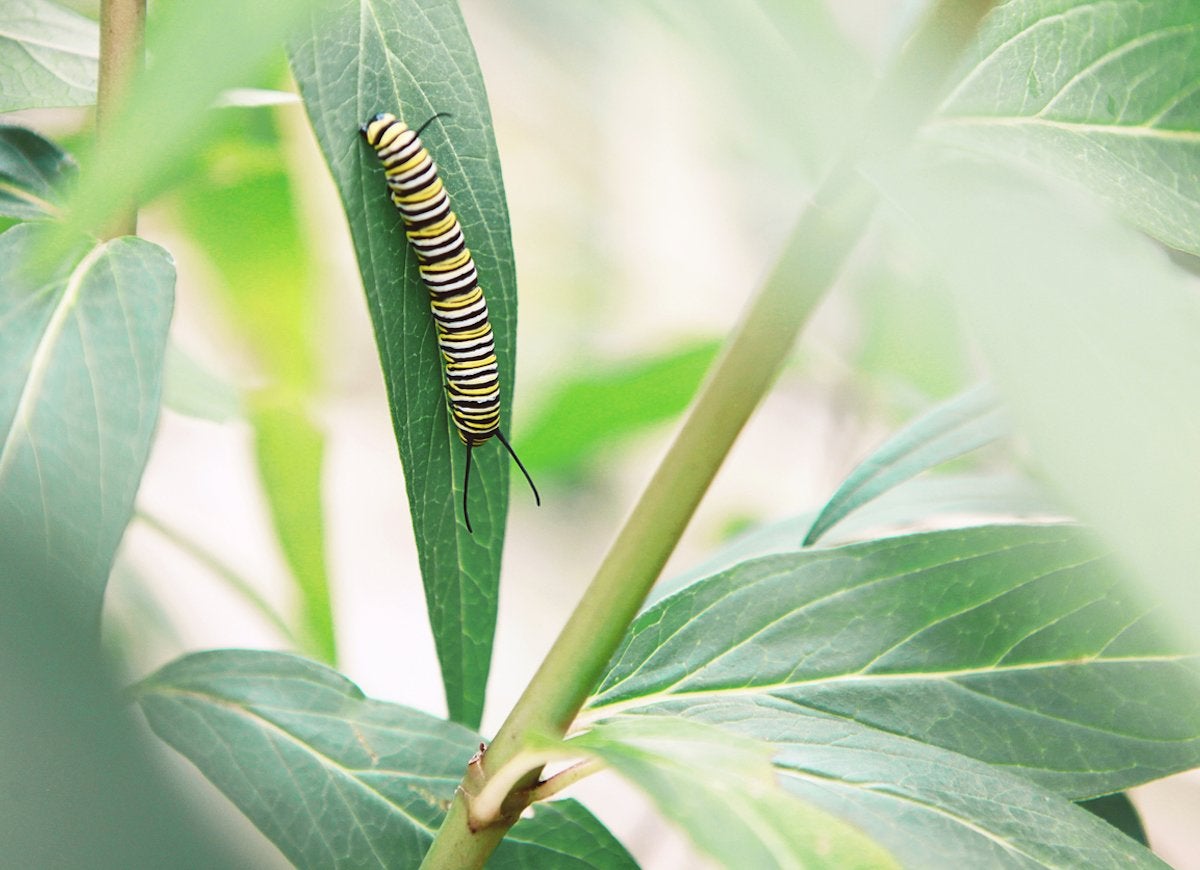
Although many consider milkweed to be a weed—it even has “weed” in its name!—it’s actually a native wildflower. There are more than 70 species of milkweed in the United States, and each state has several varieties that are native specifically to that state. To increase the number of monarch-friendly environments, you can plant milkweed in your garden. Just keep in mind that most perennial milkweed species require cold moist stratification in order to germinate, so it’s recommended that seeds be planted in the fall. That way, the cold and moisture of winter will loosen the seed coats so the seeds will germinate in spring. To plant, loosen the top layer of soil and scatter the seeds, then press them down. Because most require light to germinate, strew only a light covering (or no covering) of soil over the seeds.
If you miss a chance to plant seeds in the fall, you can mimic the stratification process by spreading the seeds over a damp paper towel in a single layer, then covering it with another damp paper towel. Keeping the towels flat, place the seeds inside a plastic bag, seal it, and put it in the refrigerator for 4 to 6 weeks, then plant the seeds outside. An alternative method that will aid in successful germination is to soak the seeds in warm water overnight before planting.
Problem: Planting Non-Native Species Is Controversial
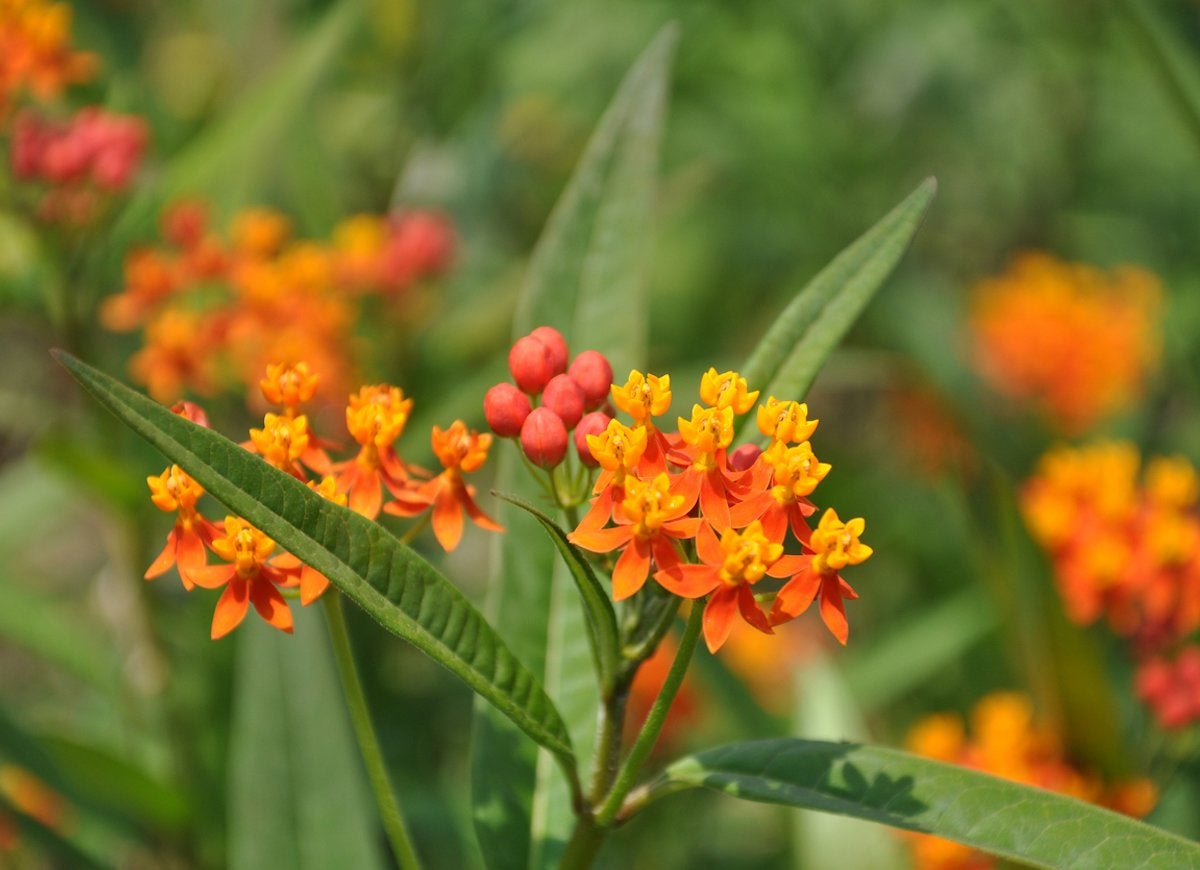
Many gardeners, especially those in the South, grow tropical milkweed (Asclepias curassavica), which is an annual in most North American growing zones, and is a non-native plant. This practice is controversial because some scientists believe that the plant causes a disruption in monarch migration and contributes to the spread of OE (Ophryocystis elektroscirrha), a protozoan parasite that infects the monarch and causes various deformities.
Solution: Plant Wisely
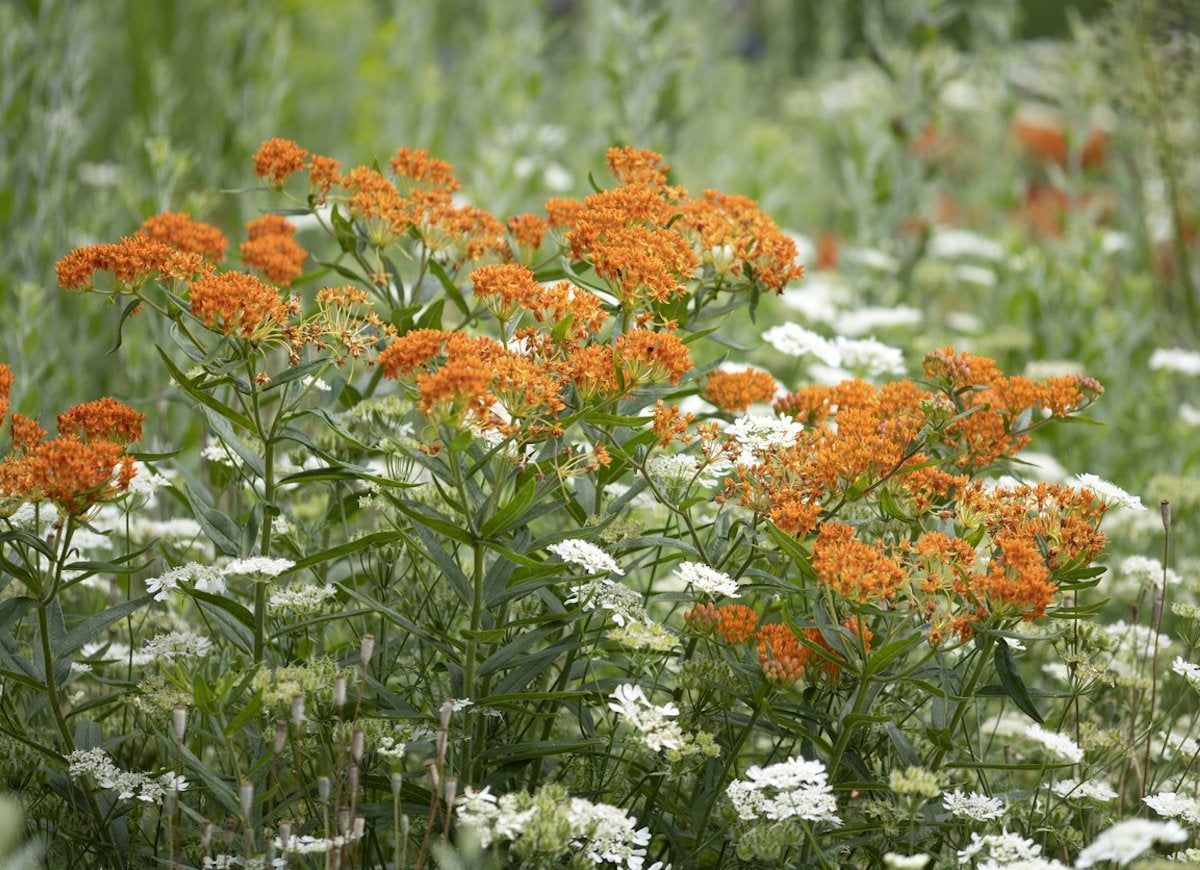
That said, not all scientists believe that tropical milkweed poses a danger to monarchs. So, if you do choose to grow it, be sure to cut it back to the ground for winter to allow for fresh new growth in spring. Alternatively, there are many native milkweed varieties you can nurture, and monarchs welcome the diversity; the butterflies utilize about 30 of North America’s 70 native milkweed species with some regularity. The most commonly grown species (and favorites of the monarchs) east of the Rocky Mountains are common milkweed (Asclepias syriaca) and swamp milkweed (A. incarnata), along with two species of antelope horn milkweed (A. viridis and A. asperula). West of the Rockies, showy milkweed (A. speciosa) is a favorite. Butterfly weed (A. tuberosa) is the choice of many gardeners and is one of the easiest milkweed species to grow. Selected as the Perennial of the Year in 2017 by the Perennial Plant Association, this milkweed has clusters of appealing orange blooms. There’s also a yellow cultivar known as ‘Hello Yellow’. While the monarchs will use butterfly weed, it is not one of their preferred species, possibly because its leaves are hairier in texture than those of other milkweed varieties.
Problem: Monarchs Need Nectar
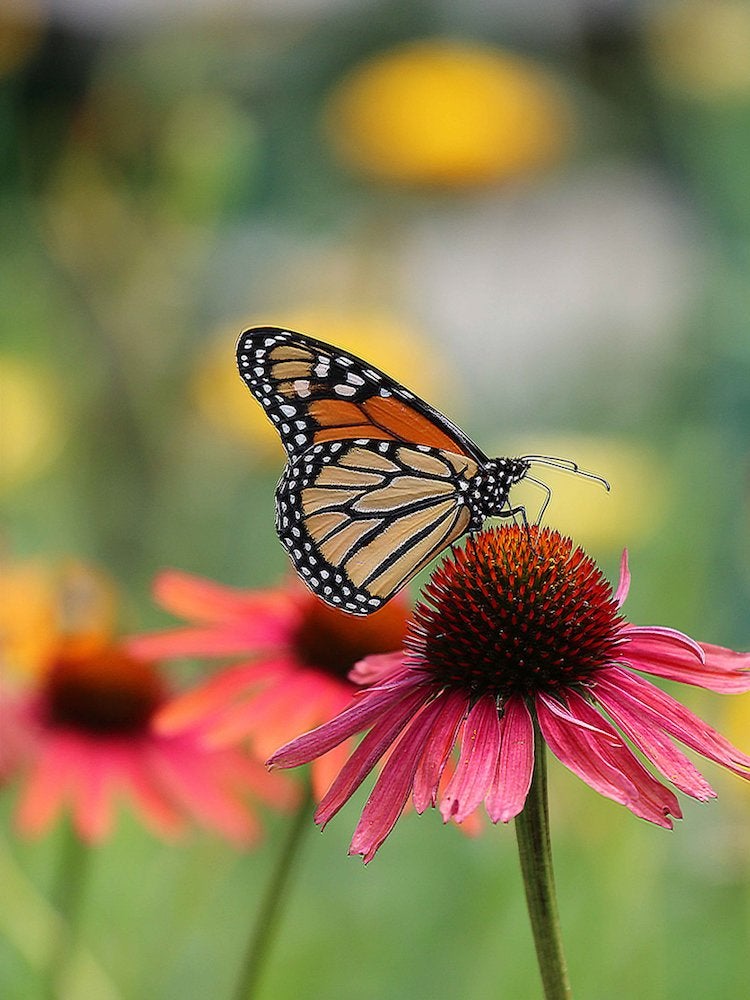
Milkweed is crucial for monarch reproduction: no milkweed, no monarchs. But equally important to their survival is the availability of an abundance of nectar plants, which monarchs and other butterflies need in their adult stage.
Solution: Plant a Pollinator Garden
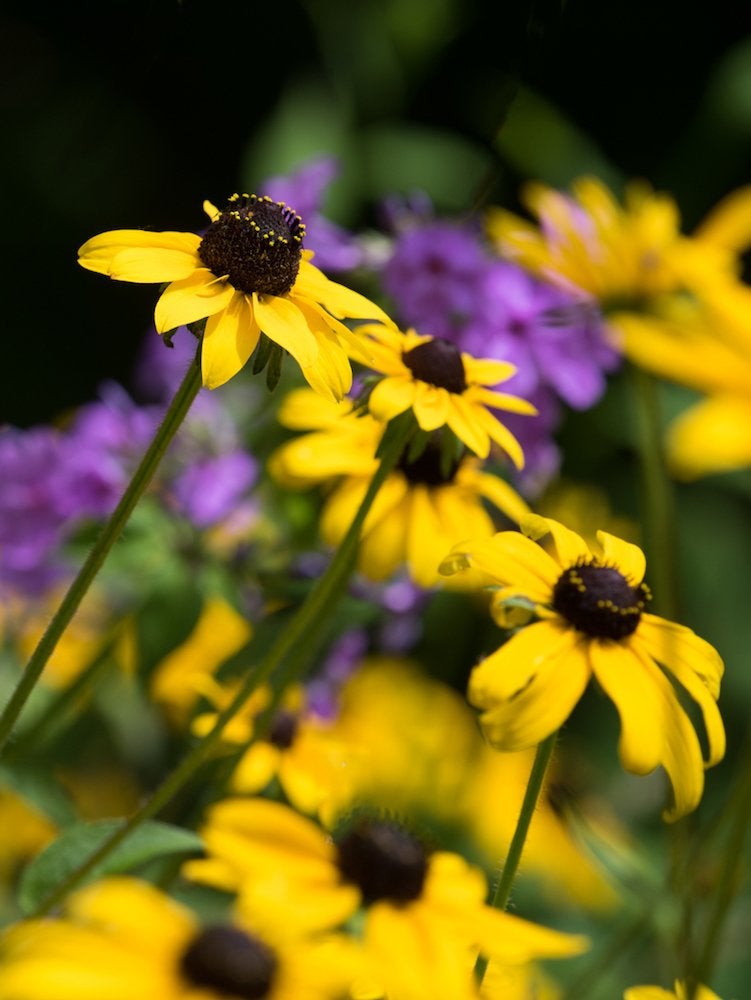
Choose plants that will fuel the monarchs’ epic flight to Mexico and help them store fats that will enable them to survive the winter there. Late bloomers are particularly beneficial, including perennials like asters, goldenrod, black-eyed Susans, and tall sedums, as well as annuals like zinnias, cosmos, and Mexican sunflower (Tithonia). If monarchs have a good supply of nectar all along the migratory route, they will arrive at the sanctuaries weighing more than they did when they left their birthplaces in the north.
Problem: Monarchs Need Water
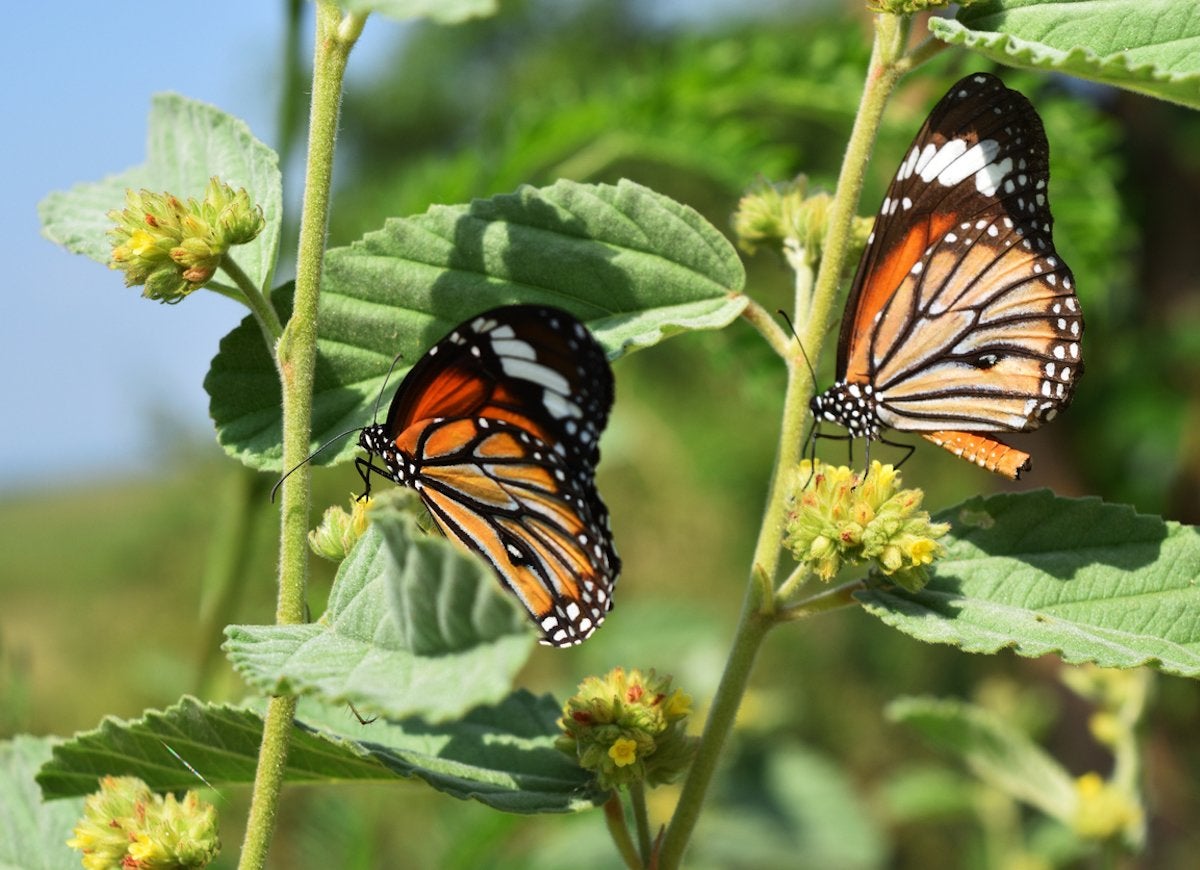
In addition to nourishment from nectar, monarchs need water and can often be seen “puddling” after a rain. The males in particular sip water from mud puddles not just for the moisture, but because the water contains minerals that become part of the spermatophore that they transfer to the female during mating.
Solution: Add a Water Source
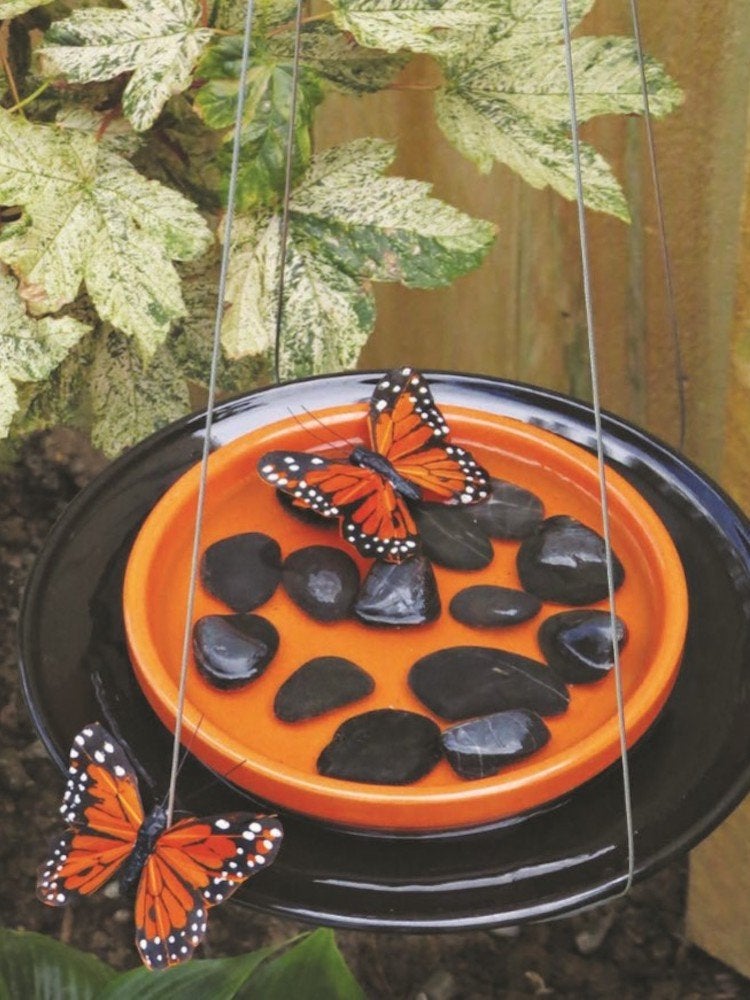
The Monarch: Saving Our Most-Loved Butterfly (St. Lynn’s Press)
You can provide fresh water for monarchs by simply placing a shallow plate of water on the ground near your flowers. Replace the water every other day or so to discourage mosquitoes from laying eggs there.
Problem: You Have a Small Yard

Perhaps you have a small yard and you don’t think there’s enough space to add plants for monarchs. Or maybe you don’t own your property and aren’t allowed to plant anything permanent. You may even worry that doing a little bit won’t be enough. Fortunately, these concerns aren’t insurmountable!
Solution: Start Small
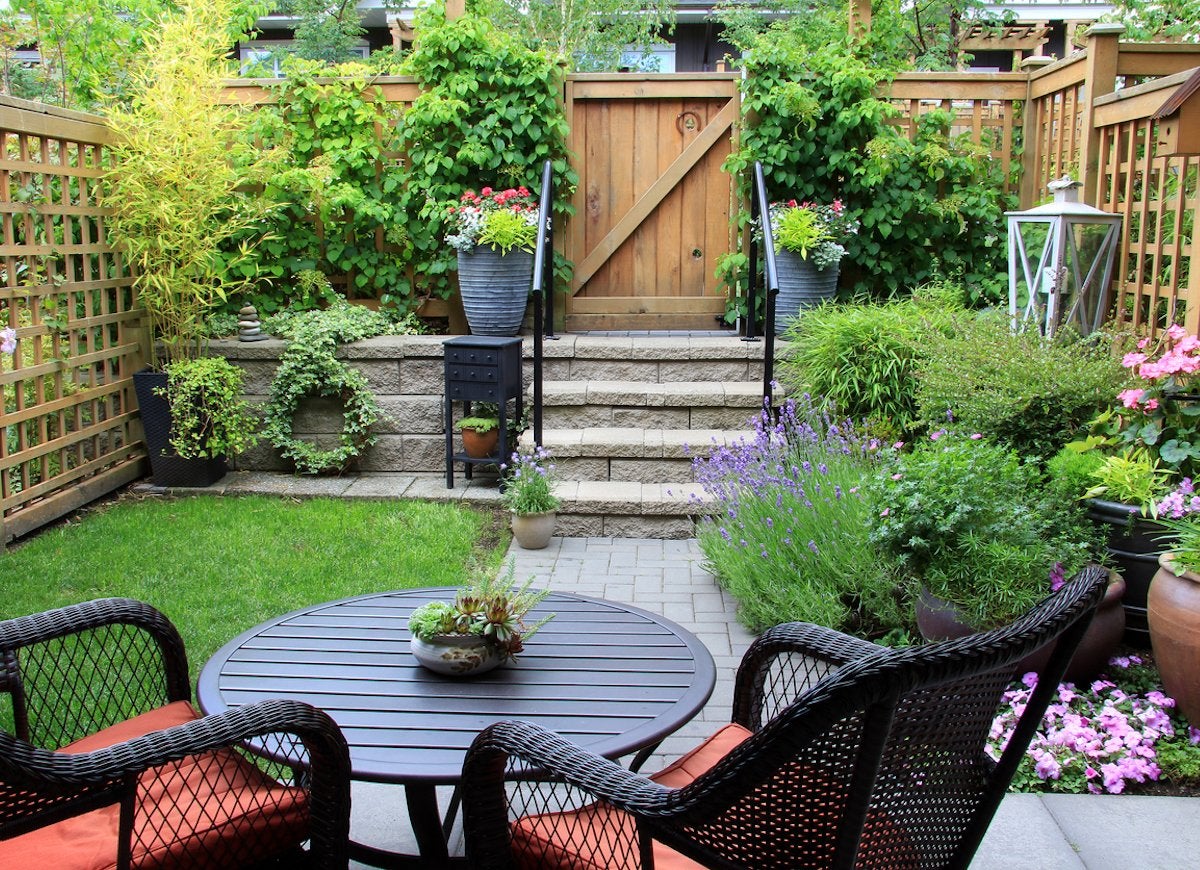
You don’t need a large property to create an attractive haven for monarchs. They’re just looking for their next meal or, in the case of the females, a suitable spot to lay their eggs. In fact, you can provide everything they need on just a balcony or patio, because many plants, including most milkweeds, can grow and thrive in containers. Native plants tend to have deep root systems, so be sure to put milkweeds in pots that can accommodate them as they grow. A container with a depth of 12 to 18 inches or more should suffice, but the deeper, the better.
Related: How to Make a Butterfly Garden
Problem: Habitats Are Shrinking and Changing

Large swaths of land have been converted to growing crops such as corn, wheat, and soybeans, and with the crops has come widespread use of herbicides such as glyphosate, which has eliminated much of the the milkweed that the monarchs’ survival depends on. There are other forces at work as well, such as climate change, which has increased the occurrence of drought. Monarchs need nectar plants as well as milkweed, and droughts have a profound impact on the number and quality of both food sources.
Solution: Plant an Official Monarch Waystation
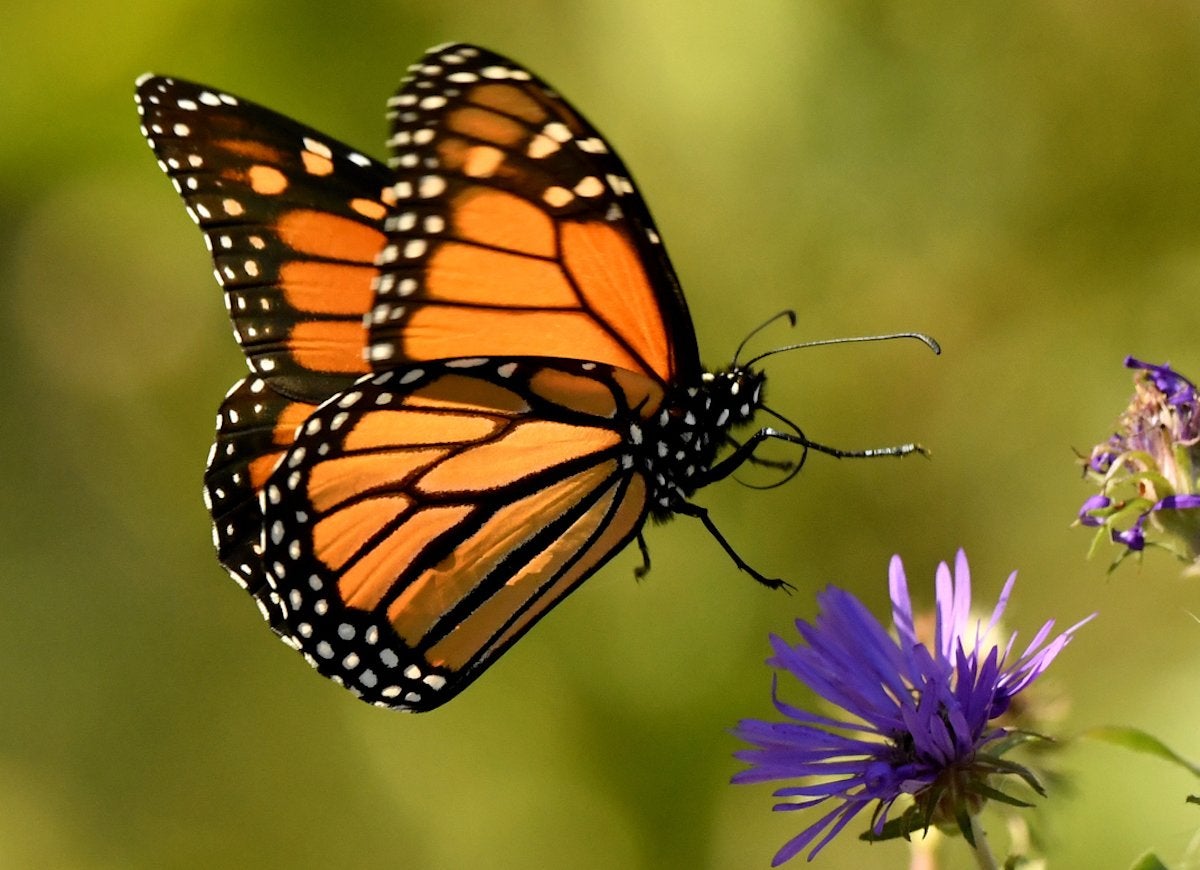
If you maintain a garden that grows milkweed and nectar plants specifically to attract monarchs, you’re creating a monarch waystation, a stopping-off point for them during their long journey. To add a monarch waystation to your home, take your cue from Monarch Watch, a nonprofit education, conservation, and research program based at the University of Kansas. It offers a useful set of guidelines for planting your own monarch waystation, and it will help you get your garden certified and registered. The goal of the program is to create hundreds and thousands of spots throughout the United States and Canada where monarchs can find food and lay their eggs without expending a lot of energy looking for their next meal. When planting your waystation, spread out your plants if you have enough space. Instead of designating just one area for your milkweed or nectar plants, create several areas in different locations around your property. This will make your waystation more attractive to the monarchs, which like to flit from flower to flower and area to area rather than simply zeroing in on a dense concentration of blossoms.
Problem: Insecticide Use
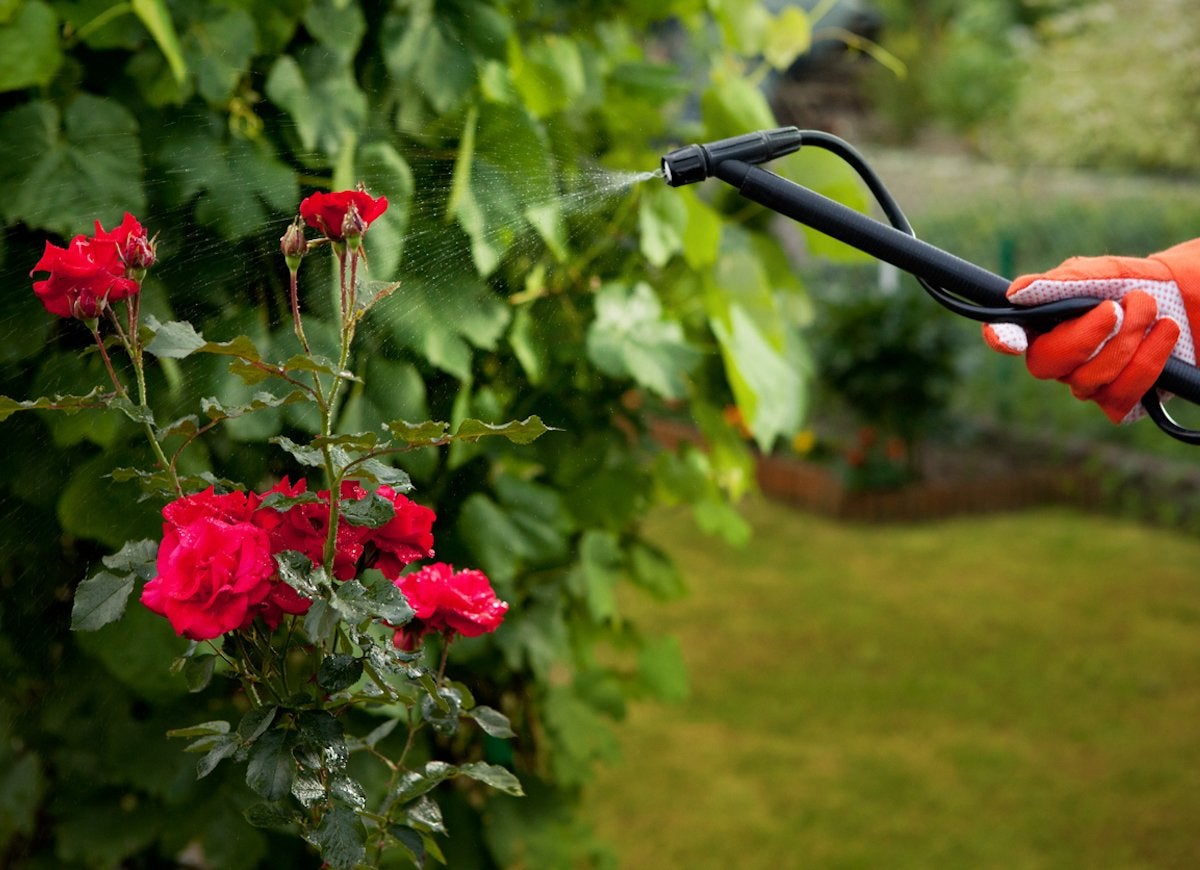
Home gardeners tend to want perfect plants without holes in the leaves or dark spots, and we become deeply worried when we see a lot of bugs in our garden. Too often our reaction is to reach for an insecticide to take care of what we perceive as a problem, when it might actually be the sign of a healthy ecosystem. Garden chemicals, even those labeled as organic, are seldom good for gardens, and any products targeted at certain insects carry a high risk of harming others.
Solution: Eschew Chemicals
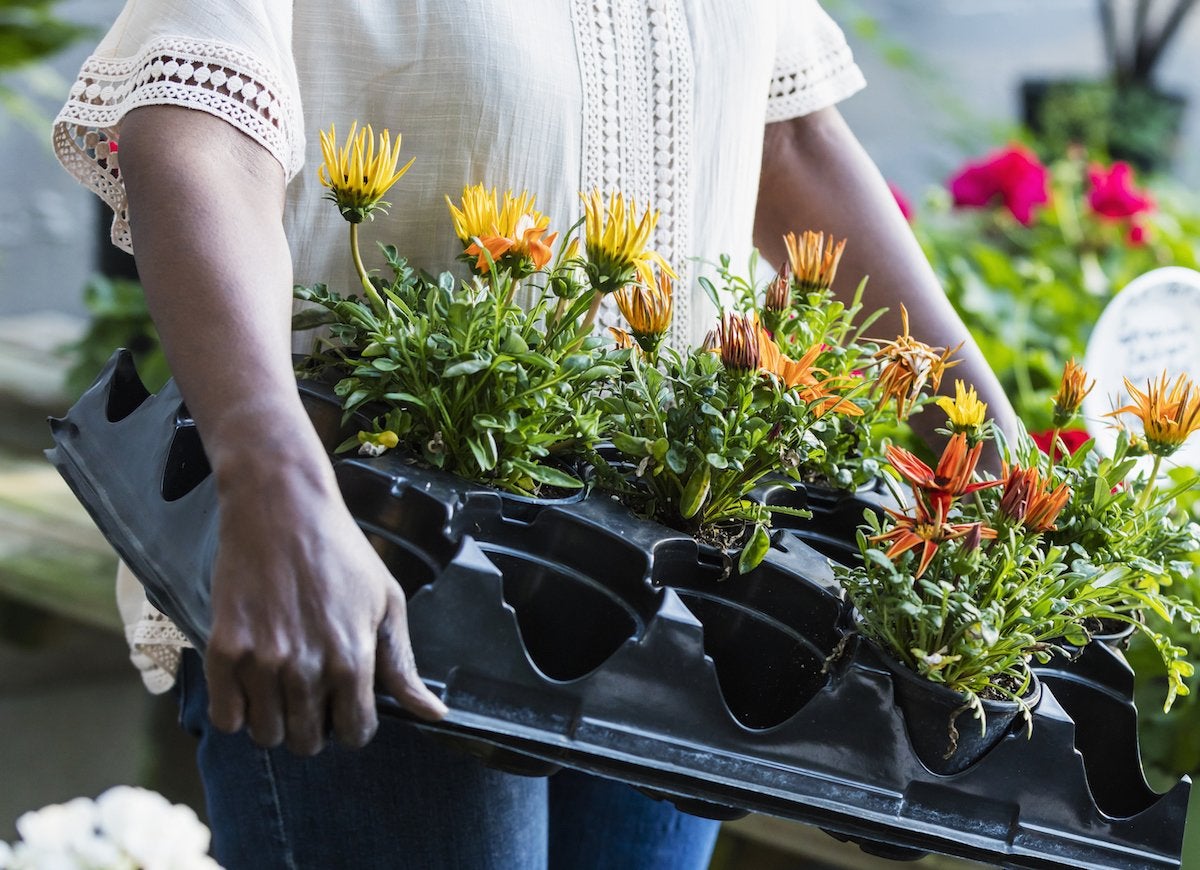
Skip the spray. Lowering your standards for visual perfection will allow natural insect diversity to flourish, and your garden will actually do better in the long run. While you can control what you use in your own garden to keep your plants safe for monarch caterpillars and butterflies to feast on, it’s also crucial to know if the plants you buy at the garden center have been treated with any chemicals. Tell the experts at the garden center that your goal is for your garden to be monarch- and pollinator-friendly, so you want only those plants that they can assure you are safe. Garden centers certainly know whether they’ve applied chemicals to the plants while they’ve had them, and they should have information about the suppliers. But if they can’t confirm whether the plants have been chemical-free throughout their lifespan, you’re taking a chance that could mean death for your monarchs.
Problem: Chemical Mosquito Prevention Kills Butterflies
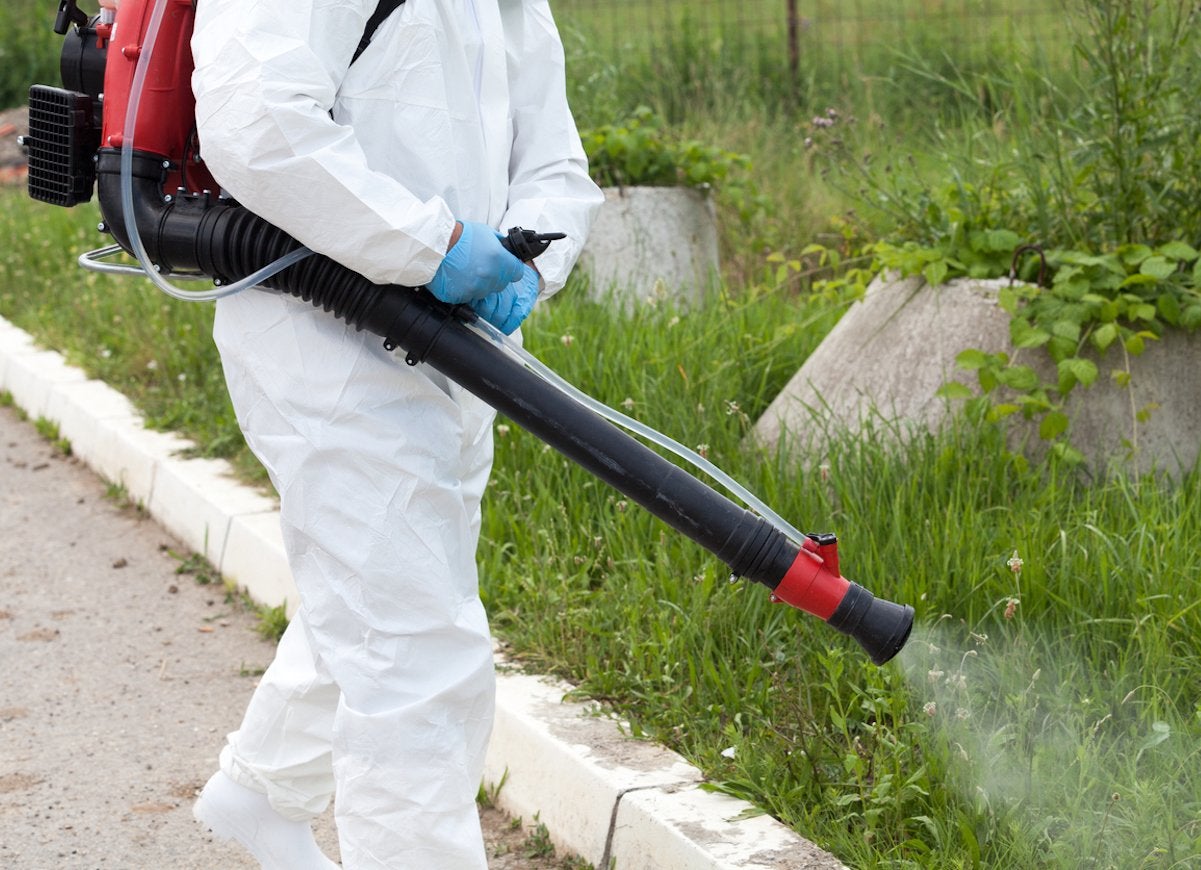
Many communities have mosquito spraying programs or other regimens for insect control, such as spraying for gypsy moth control. Regardless of what you may have been told, the chemicals used can be harmful to monarchs and other beneficial insects.
Solution: Be Proactive in Protecting Your Garden
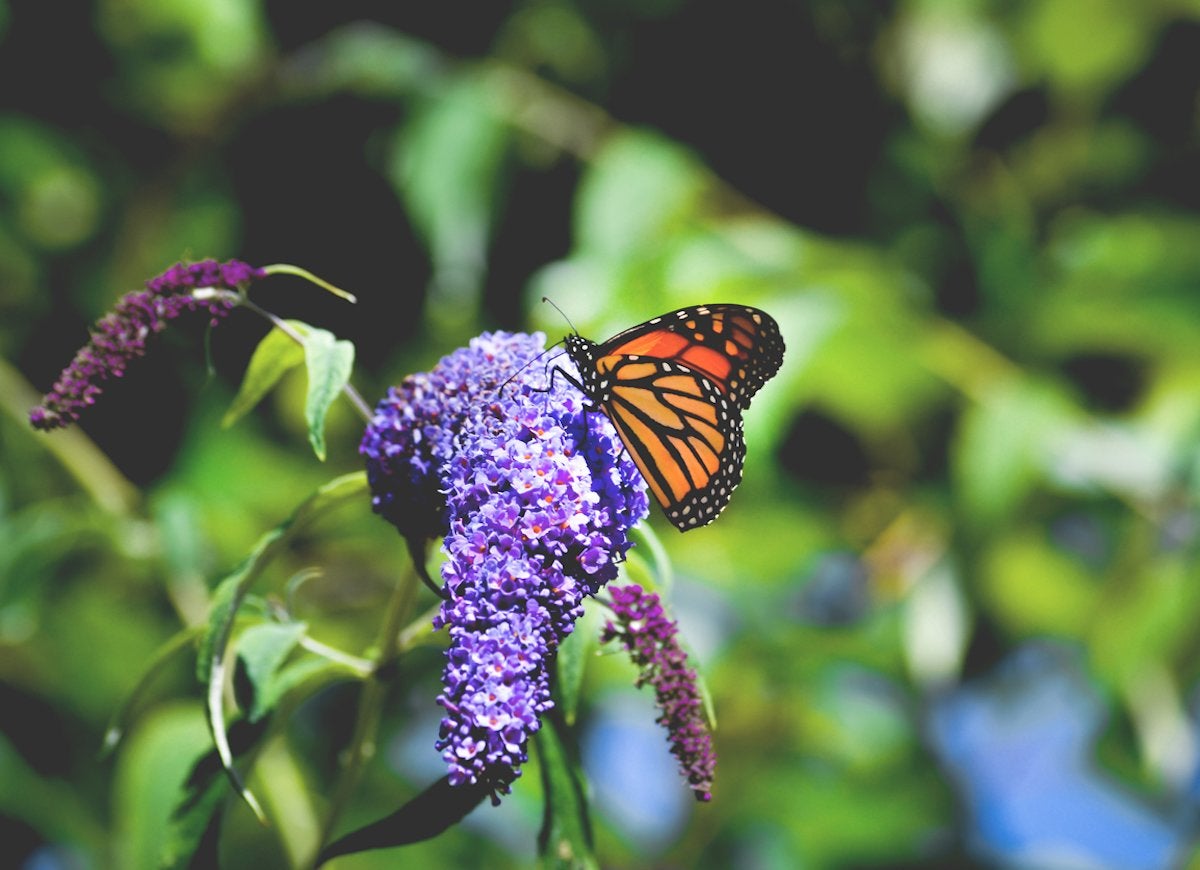
In most cities and towns, you can find out the schedule for spraying and either ask that your property be exempt from spraying or request advance notice so you can cover your plants.
Act Sooner Rather Than Later
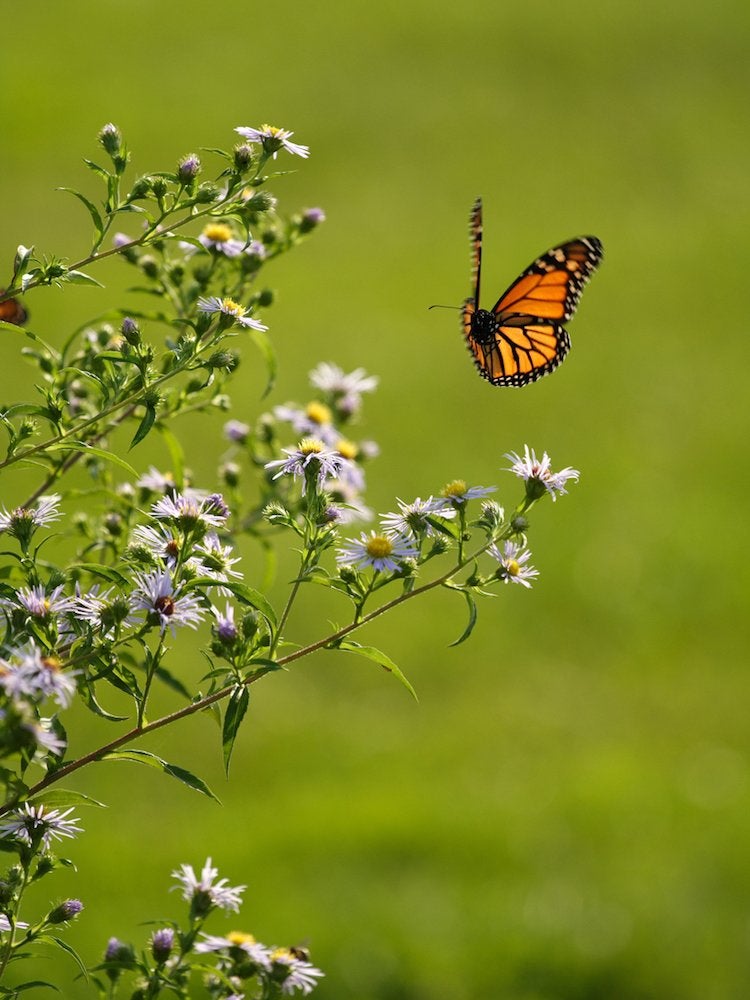
The question is often asked, “Can’t we live without monarchs?” The easy answer is yes, of course. But the monarchs’ demise is part of a bigger issue: Insects as a group are declining. Given that one out of three bites of food we take each day depends on pollinators, we need insects if we want to keep eating many of our familiar fruits and vegetables. If we do what we can to help the monarch, we’ll be helping bees and other native pollinators too. And if we help those creatures, we help songbirds as well, because many of them eat insects. Nature is interdependent, and each creature has its role to play, so if one disappears, it will be missed.
Margaret Mead once said, “Never doubt that a small group of thoughtful, committed citizens can change the world; indeed, it’s the only thing that ever has.” Each of us has the ability to contribute to change for the better, whether by planting and maintaining monarch-friendly gardens, being mindful of chemical use, or having thoughtful discussions with our friends and neighbors. Each action we take contributes to the solution.
Save the Butteflies
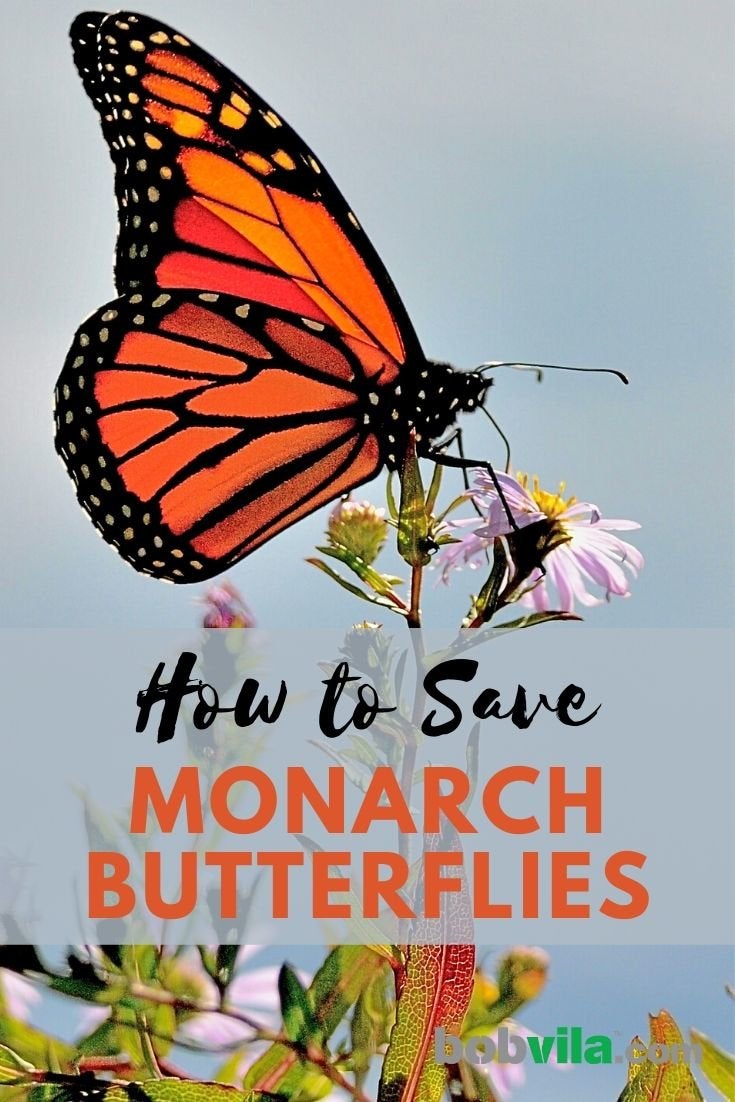
Make these easy changes in your lawn and garden routine to help save the monarch butterfly population.
